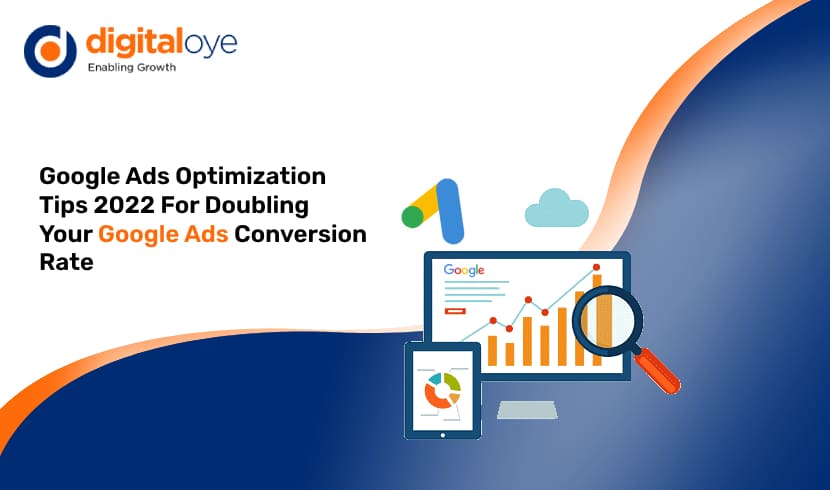
Tags : ##digitalmarketing,#googleads,#GoogleAds,#PPC
Everything with Google ads is changing at an extremely fast pace. Sometimes, it becomes difficult, even for professional experts to keep up with these alterations. This advertising platform is gradually emphasizing on automation and machine learning. At the moment, responsive search ads or RSAs are the gold standards. Google is currently using BERT to ascertain keyword prioritization. They’re in favor of automation for ad display campaigns by merging standard and smart displays. If you have plans to invest in the advertising platform of Google for marketing purposes in 2022, you have to learn how to optimize your advertisements first.
1. Effectiveness over efficiency: No matter how many advertisers you speak to, most of them will say they depend on efficiency. In other words, they try to get their hands on low-cost leads. Effectiveness, on the other hand, incorporates campaigns that can generate revenue and bring in customers. Wise advertisers will never focus only on the number of leads generated by their campaigns. Advertisers must keep the customer above everything else and set up their pay-per-click campaigns accordingly.
2. Restrictions on data: You probably know that the creators of Google Chrome have plans to release browser cookies within the next year. It’s another monumental step they’re taking towards the sphere of cookie-less browsing. This strategy is part of a more significant shift towards securing consumer data. It’s somewhat similar to the update in iOS 14 that requires an app to acquire permission before tracking the data of the users. Google recently announced that it’s going to reduce the amount of data it shares with third parties. If you’re using Google for advertising, you won’t get a lot of data to augment the efficiency of your ad campaigns.
3. The necessity of first-party data: As already mentioned above, Google and Apple are reducing the amount of data they used to offer to digital advertisers. Facebook chose to do the same thing. Then again, as an advertiser, it’s perfectly ethical, legal, and acceptable for you to incorporate data from first parties. Your PPC advertising team will collect information, such as the following.
Apart from generating and storing data from first parties, you need to make sure that you have all the necessary integrations in place between different systems to extract, share, and act according to the insights you need.
4. Making compelling offers: When data accessibility goes down, your ability to target audiences precisely will reduce as well. During such situations, advertisers need to return to the roots. In other words, they must refine what they’re offering. By using the adverting platform of Google, you don’t just advertise a conversion. You advertise something that’ll be beneficial to your audience. So, what do you have to offer? You must take as much time as you need to review your offers and examine them, and you should do it consistently. Keep tabs on the offers converting your users, as well as the ones in need of an update.
5. Changes in keyword research: As audience targeting and data availability are dwindling, business owners and their digital advertising partners need to research if they aim to reach the right people. When it comes to successful ppc campaign in low budget, keywords are still the most powerful tool. It’s one of the main reasons why the best marketers are attempting to contemplate their customers more deeply and the way they search for solutions, information, products, and other things. There are various keyword strategies you can employ to drive conversions. However, the easiest one incorporates listening to what your customers are informing you. You need to use the language they’re using to engage with your chatbots, social media channels, and customer service professionals.
6. Optimizing conversion rates: Friction can degrade the conversion rate of your advertisements faster than anything else. It can come in the form of difficult-to-navigate processes or steps. It can also manifest in the form of disjointed experiences. As this write-up is also about mobile optimization, there’s one excellent entry point worth mentioning – conversion rate optimization. Also called CRO, it’s all about optimizing the steps in the funnel to enhance conversion rates. If your ads aren’t being able to convert new customers, you should take a look at the kind of mobile experience you’re delivering. Just remember that mobile optimization is only one of many ways of improving ROI for advertising campaigns.
7. Artificial Intelligence: Numerous agencies and marketers hesitate to leverage the power of Artificial Intelligence and Machine Learning. The thought of cutting-edge technologies like these scare a marketer. After all, they think that these technologies will replace them. However, if you hope to improve your google ads campaigns, you should let AI do what it does best and allow your team members to do what they do best. If you’re yet to embrace advertising systems bolstered by AI and ML, you should do so right now.
Final Words
Now that you’ve explored the trends of optimizing your ads, you should be able to utilize the power of Google’s advertising platform to the fullest. Whether it’s about data privacy, keyword research, or something else, you have to appeal to people in the end. Your employees and the experts working with the digital marketing agency of your choice are the ones in charge of running advertisements. Also, those who will be clicking on your ads are people made of flesh and blood. If you expect your digital marketing ventures to be successful, you need to start understanding your audiences before anything else.
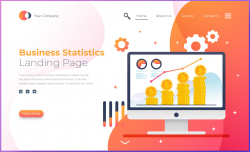 The Complete 2025 Landing Page Optimization Checklist You Need
The Complete 2025 Landing Page Optimization Checklist You Need
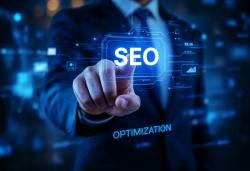 Does Google Penalize AI Content? The Truth About AI and SEO in 2025
Does Google Penalize AI Content? The Truth About AI and SEO in 2025
 People Also Search For (PASF): Meaning and Its Impact on SEO
People Also Search For (PASF): Meaning and Its Impact on SEO
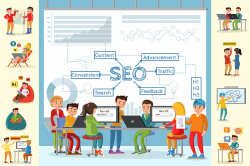 Why Your Business Needs an SEO Company for Digital Success
Why Your Business Needs an SEO Company for Digital Success
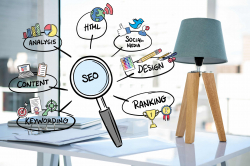 How to Choose The Best SEO Company in Delhi
How to Choose The Best SEO Company in Delhi
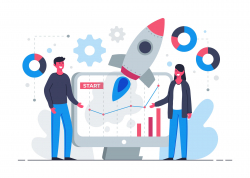 Why Your Business Needs Professional PPC Management to Maximize ROI?
Why Your Business Needs Professional PPC Management to Maximize ROI?
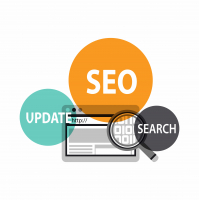 The August 2024 Core Google Update: What You Need to Know?
The August 2024 Core Google Update: What You Need to Know?
 The AI Impact on SEO: Shaping the Future of Search Strategy
The AI Impact on SEO: Shaping the Future of Search Strategy
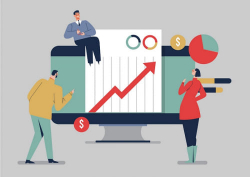 Effective Ways to Recover from Declining Google Ads Performance
Effective Ways to Recover from Declining Google Ads Performance
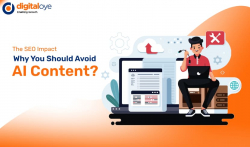 The SEO Impact: Why You Should Avoid AI Content?
The SEO Impact: Why You Should Avoid AI Content?